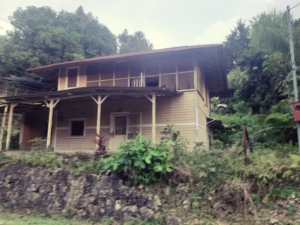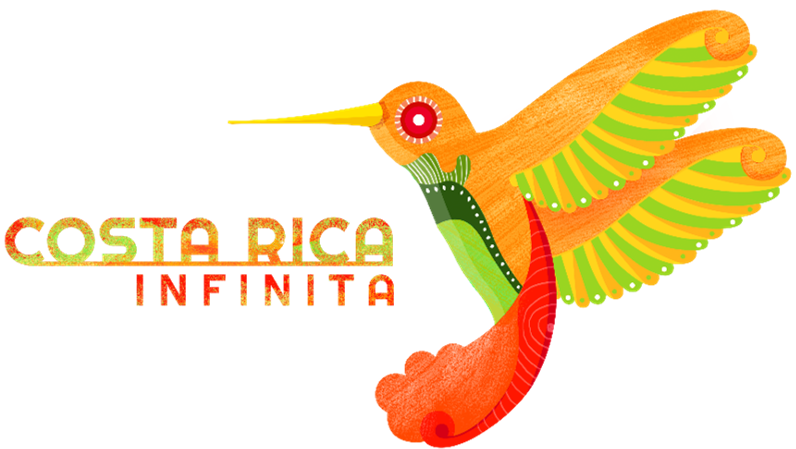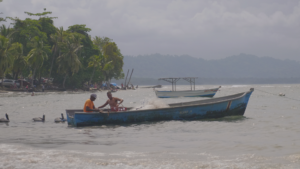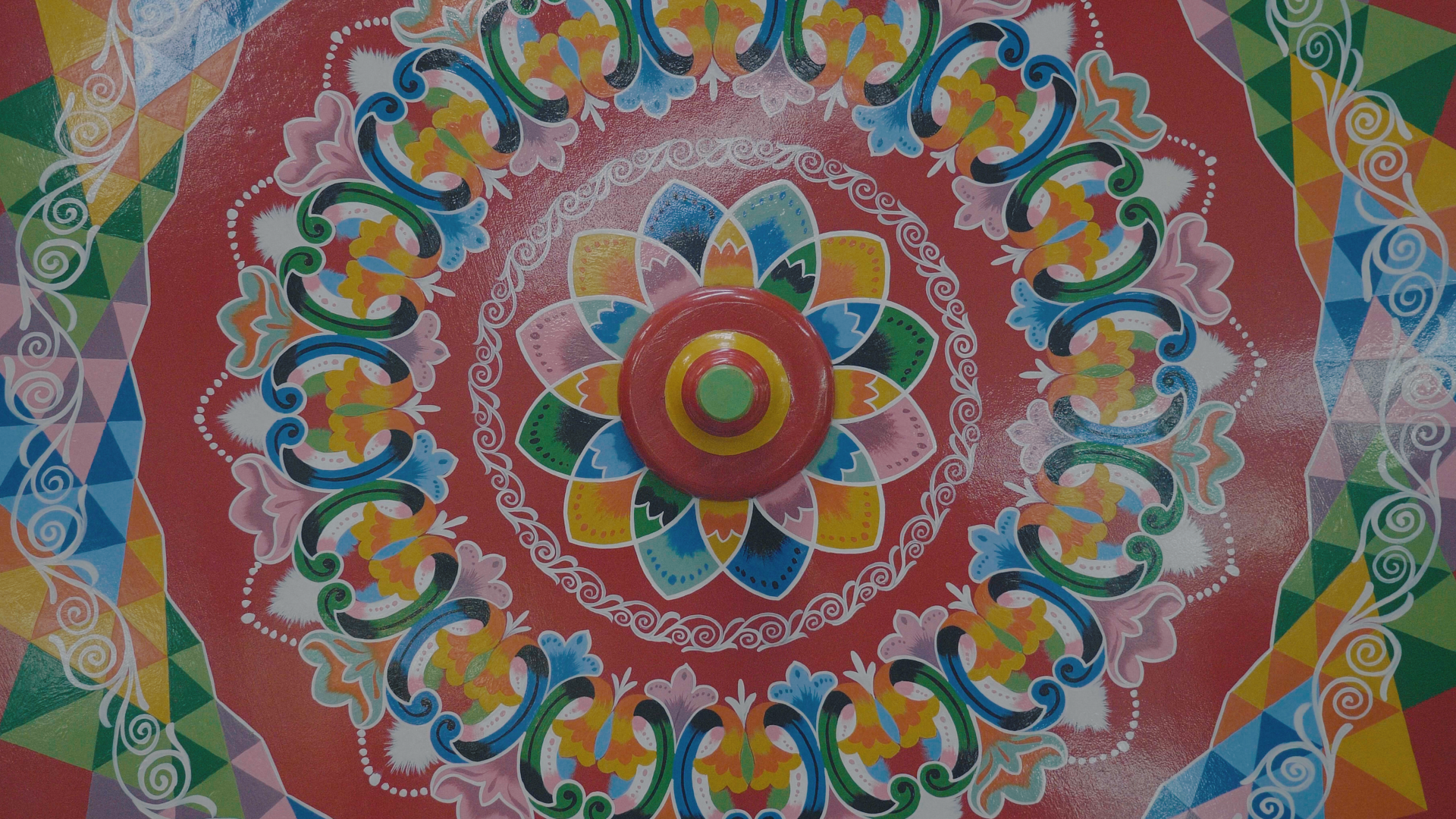
The most beautiful villages in Costa Rica
Recognized above all for its preserved natural spaces, Costa Rica is also a land rich in history where men have established constructions by adapting to the conditions of each region. Of colonial, indigenous or Creole inspiration, several villages are worth a visit during your trip. From the Caribbean or Pacific coasts and all the way to the mountains, we give you our 2022 list of tips for the most beautiful villages in Costa Rica:
1 SARCHI: surely the most famous village of all Costa Ricans because it is the native land of the ‘Carretas’ these plows with superb colorful patterns declared World Heritage of Humanity by Unesco and which are the pride of Costa Rica. Located on the slopes of the central volcanic mountain range and close to the central valley, Sarchí is the symbol of Costa Rican rural culture and an interesting stopover to understand the soul of the country, especially on the road to the Arenal Volcano National Park.
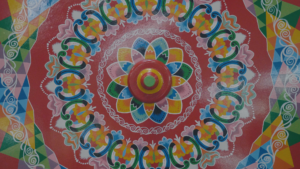
2 PUERTO VIEJO DE TALAMANCA / MANZANILLO: Puerto Viejo is the Caribbean village par excellence in Costa Rica: coconut palm, heavenly white sand beach and idleness on the program. Village with Afro roots, cradle of the country’s traditional music such as calypso, it is a relaxed site that invites you to party and surf but also of course (we are in Costa Rica) to observe nature with another another fabulous national park nearby: the national refuge of Gandoca – Manzanillo, the Cahuita National Park and its underwater trail for snorkeling
3 PALMAR SUR: the village of Palmar is divided into two: Palmar north and Palmar south, connected by an impressive steel bridge from the 1950s that crosses the Térraba river. But the interest of Palmar comes above all from the fact that it houses one of the most important archaeological sites in the country devoted to the culture of the famous megalithic spheres of Costa Rica, these enormous perfectly spherical stone balls, from the ‘Diquis culture ‘ having existed before Spanish colonization, between minus 200 and 1500 AD. A few minutes from Palmar, you can go to Finca 6, an open-air museum where you can find the spheres in situ. The central park of Palmar Sud is dotted with these impressive and mysterious stone balls. An essential break on the road to the national parks of Corcovado, Golfo Dulce and Piedras Blancas.
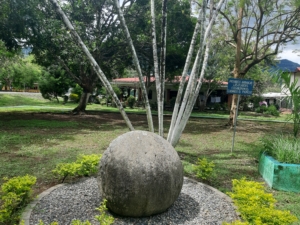
4 BRIBRI VILLAGES: The Bribri people are the most important Amerindian people of Costa Rica. At least 10,000 people continue to perpetuate their traditions, culture and language. A model of resilience, these people living in the Talamanca region, on the Caribbean side and near the Panama border, reside along the Talamanca, Coen and Yorkin rivers in small communities, living in particular from cocoa farming. On the Yorkin River and elsewhere, there are communities still building their homes in the traditional way, using materials such as wood, bamboo and palm fronds. Bribri children even go to school in their own language. Perfectly adapted to their environment, Bribri villages are unique in their style in Costa Rica.
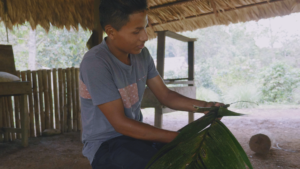
5 The coffee region of los Santos: for coffee lovers: the region of los Santos (San Marcos, Santa Maria de Dota, Copey) is the heart of coffee production in the country, with a coffee of a quality International fame. Perched at more than 1500 meters above sea level, surrounded by coffee fields (‘les cafetales’), the village of San Marcos de Tarrazu and its surroundings are full of traditional farms that are worth a visit to learn more about the production process (link to circuit…) and small cafes to enjoy a tasting according to the different preparation methods. The small factory of the Santa Maria cooperative is an enchanting place and depending on the season the place is populated by workers who come from elsewhere to take advantage of the economic peak of the harvest. A rural and bucolic region yet close to tourist areas but in no way altered by the masses.
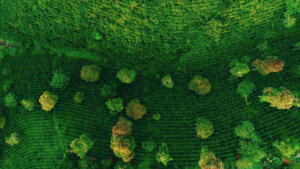
6 OROSI: main attractions of the village, its colonial church and its thermal waters. Dating from 1766, very well preserved, with the green mountains of the Cordillera de Talamanca in the background, this small Catholic temple typical of the Hispano-American colonial style, whitewashed and possessing a convent with a pretty hydrangea garden deserves a short break around Cartago and the Irazu volcano or for those who wish to visit the uncrowded Tapantí National Park or the pre-Columbian site Monumento Guayabo and even the Quetzales region
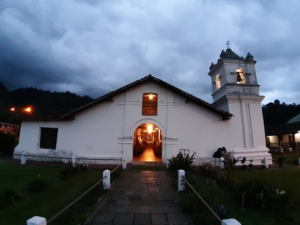
7 TORTUGUERO: a small village only accessible by boat (or plane) nestled on a strip of sand between the lagoon and its tropical rain forests and the wild beach overlooking the Caribbean Sea…a paradise for nature lovers. Between its small wooden huts, its alleys freed from motor vehicles, the village exudes tranquility and holidays. Another curiosity of the village, the Cerro Tortuguero volcano, a dormant volcano covered with jungle which allows a breathtaking view of the village and its surroundings. It is also and above all the ideal starting point for tours in the magnificent Tortuguero National Park, one of the best sites in the country for nature observation!
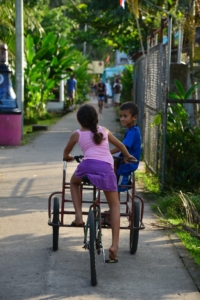
8 ZARCERO: small dairy town in the canton of San Ramon. Zarcero is known to Costa Ricans for its central park and its trimmed bushes arranged like an enchanted garden. On clear days you can see the Arenal Volcano in the distance, but Zarcero is more often shrouded in a bewitching mist that reminds travelers of familiar agricultural landscapes like Normandy.

9 PUNTARENAS: Puntarenas, more than a village is already a city of a certain size. But its seaside atmosphere and its traditional architectural style give it a typical appearance. The most important merchandise and pleasure port on the Pacific since the country’s independence 200 years ago, Puntarenas is a key place in the history of the country and its prosperity, from there immigrants arrived and coffee exports came out. and fruit in particular. Departure port for many beaches on the Nicoya Peninsula, a city with a rich architectural heritage with these neocolonial, neoclassical, Victorian and art deco constructions testify to the dynamism of Puntarenas.
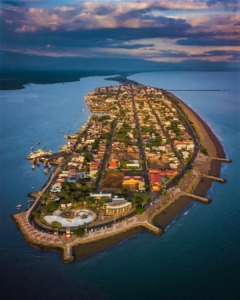
10 PUEBLOS YUNAI (QUEPOS, GOLFITO): in Costa Rica, it is sometimes called Mamita Yunai, in reference to a famous novel telling the story of the United Fruit Company and its influence in the construction of the country. Because here you are at the heart of the birth of the banana republics. Dark, this story is part of the reality of the country and its past. A real driving force behind the colonization of both coasts, the company’s camps have sometimes formed the basis of certain current villages. Made of wood for rapid construction with local materials, the houses of workers and engineers (often from the United States) from the 1920s to the 1950s are now considered architectural heritage to be preserved, and some houses in Quepos or Golfito are worth seeing. a must-see for history and/or architecture buffs en route to Manuel Antonio or Corcovado National Parks
